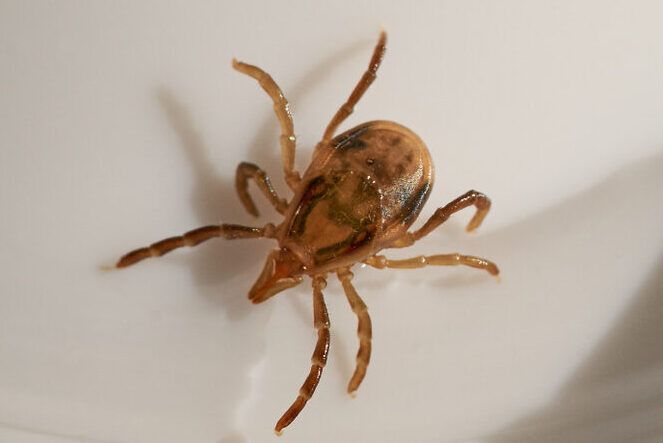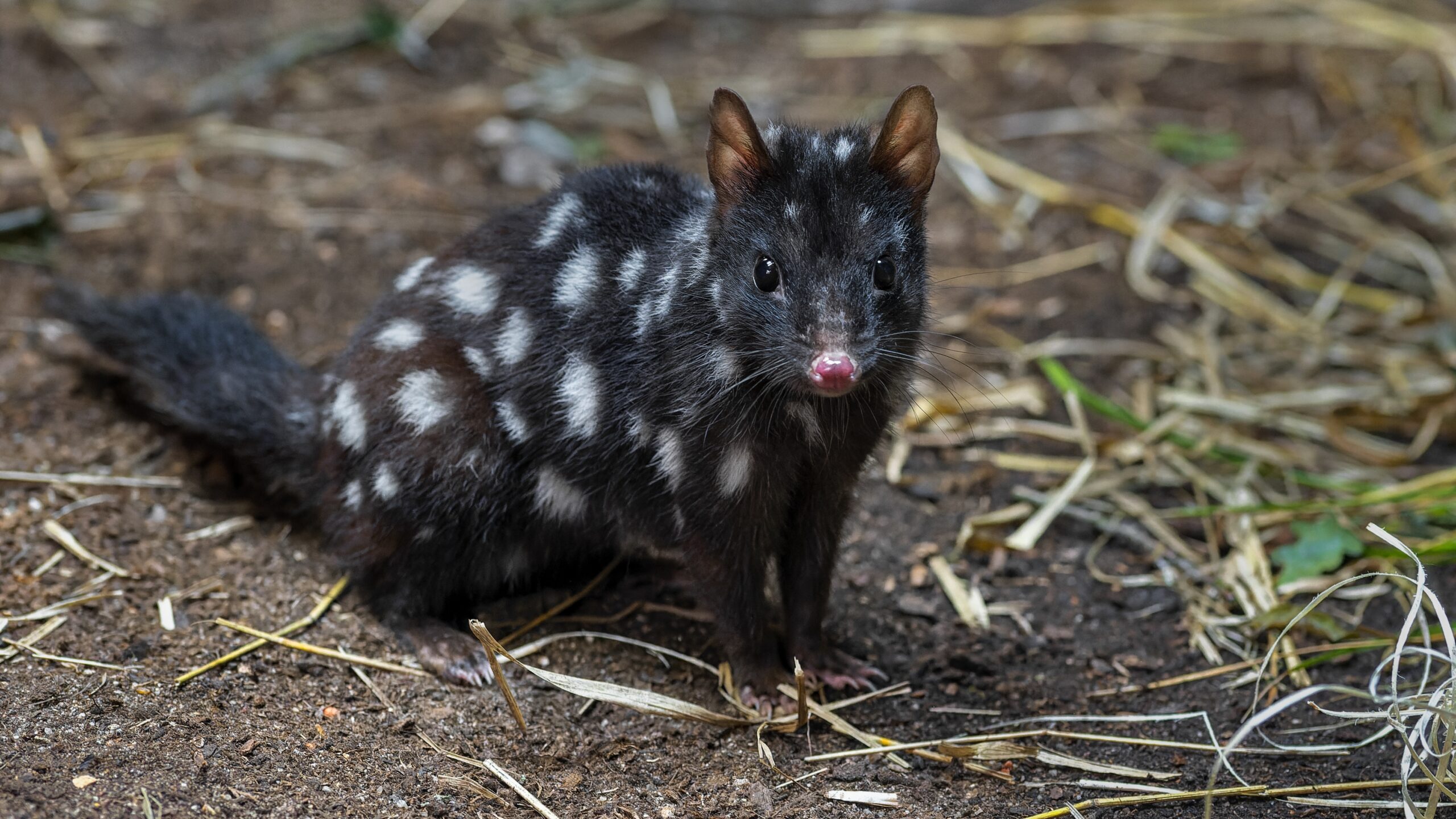| Common name | Australian paralysis tick |
| Scientific name | Ixodes holocyclus |
| Type | Arachnida |
| Diet | Blood |
| Average lifespan | Up to 77 days without feeding |
| Size | Adults are 4–5mm long (and up to 1cm when engorged with blood) |
The ultimate sucker of the arachnid world, the Australian paralysis tick is the stuff of nightmares for dog and cat owners – but it can also prove deadly to livestock and, in rare cases, humans.
Australia is home to more than 70 described tick species, but only a handful of these are harmful to humans, with the Australian paralysis tick packing the mightiest of punches with its bite.
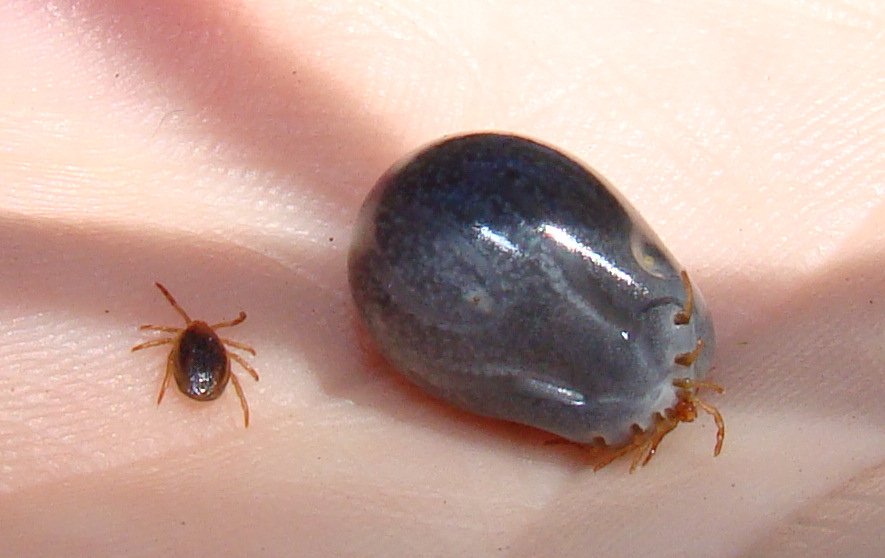
Just big enough to be seen by the naked eye when attached, the Australian paralysis tick has a long, barbed appendage – called a ‘hypostome’ – near its mouthparts, which it uses to embed itself into a host. Its flat, oval-shaped body balloons in size when it becomes engorged with blood and turns a blue-grey colour. When engorged, its eight legs bunch up at the front near the mouthpiece.
It’s the female tick that’s the ultimate blood sucker. Male parasite ticks very rarely feed on humans or other vertebrate hosts, preferring instead to steal a bloody snack from their engorged female counterparts. (A male sometimes leaves behind a scar where it has pierced the female’s body wall in search of dinner!)

Habitat
Thriving in humid conditions, the Australian paralysis tick makes its home within wet sclerophyll forests, temperate rainforests, gullies and regrowth areas and grassy spots near these habitats.
The Australian paralysis tick searches for a host by lying in wait on top of vegetation, outstretched arms waving slowly, until it comes into contact with a potential host. It will then attach to an unsuspecting host and penetrate their skin quite painlessly, thanks to an in-built pain killer within the tick’s saliva.
Distribution
This native parasite is found along Australia’s east coast, from Far North Queensland down to southern Victoria.

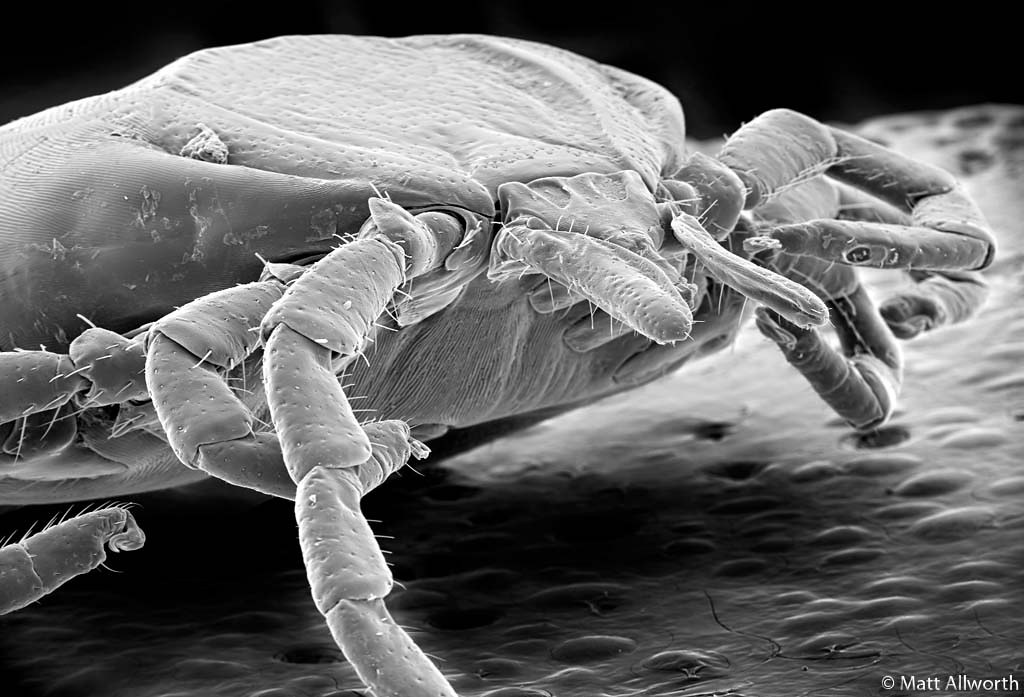
Life cycle
Individuals must feed on three different hosts to complete their lifecycle from larva, nymph and adult. They moult after each feed, which typically lasts one week.
Larvae have six legs, but nymphs and adults have eight legs – making them arachnids, not insects!
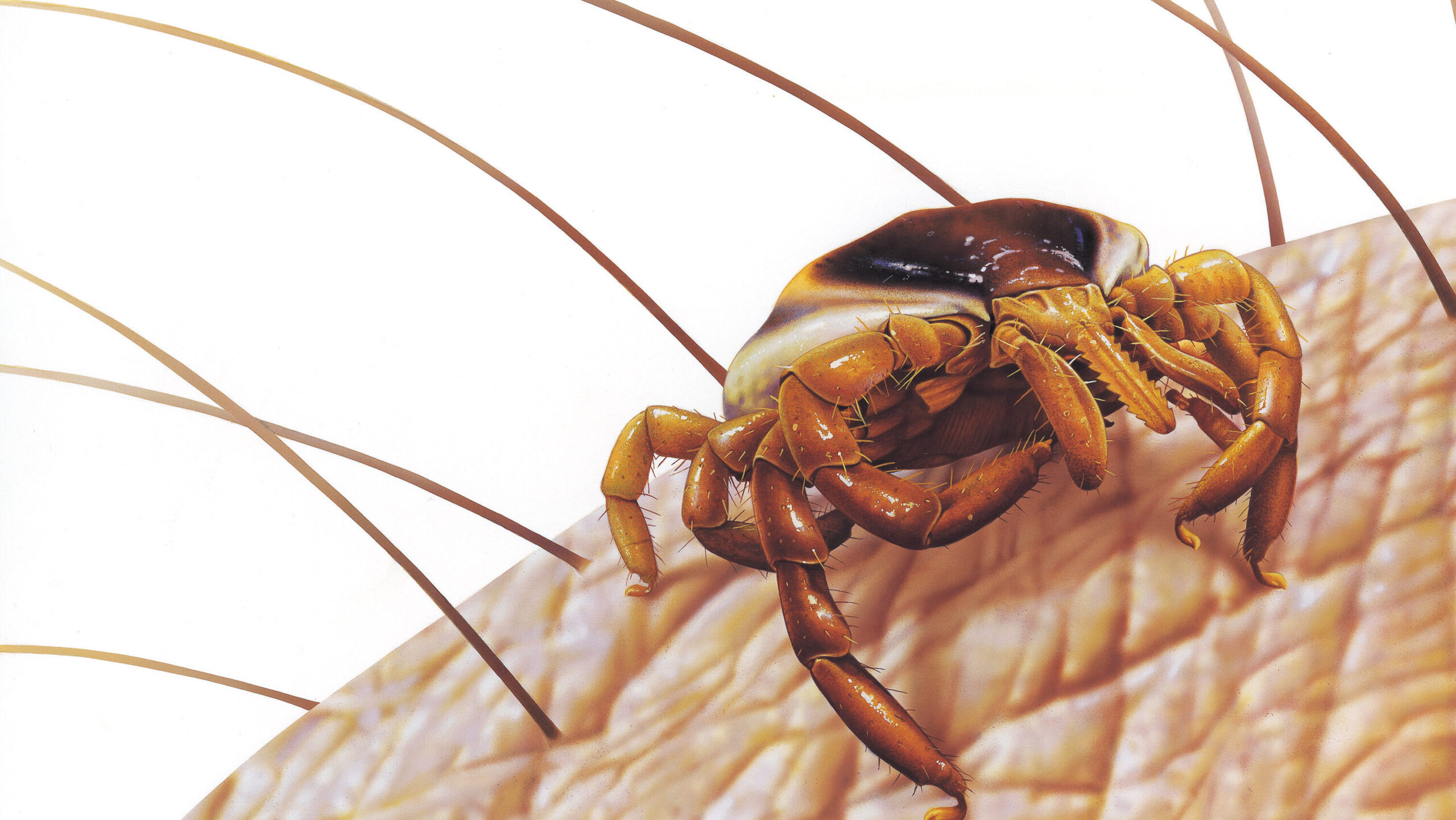
Fascinating facts
Bandicoots are among the paralysis tick’s more common mammal hosts, as are possums, kangaroos and wallabies. It has also been known to embed itself onto birds, reptiles, livestock, domestic pets and humans, when the opportunity presents. Some native marsupial animals show resistance to their toxins.
A bite from an adult Australian paralysis tick can cause itchiness and a hard lump at the site of the bite. Some unlucky victims may experience more severe reactions such as weak limbs, flu-like symptoms, partial face paralysis and even anaphylactic shock.
